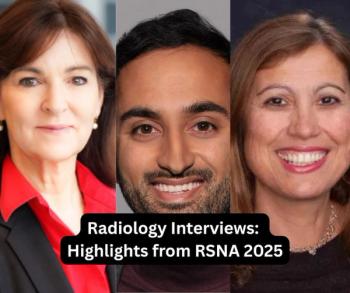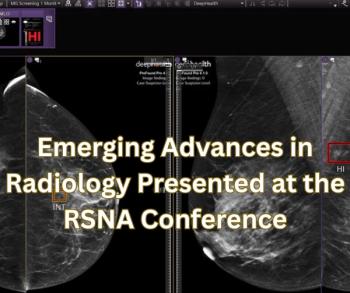
Gadobenate Dimeglumine MRI Contrast as Safe as Gadolinium
MRI contrast agent, gadobenate dimeglumine, safety profile confirmed in 7.5-year trial.
Gadobenate dimeglumine MRI contrast agent has rates of adverse reactions comparable to other gadolinium-based contrast agents, according to a study published in the
Researchers from the University of Pittsburgh Medical Center in Pennsylvania examined the findings of a prospective quality assurance project to determine the incidence of adverse effects with the contrast agent.
During the project, MRI technologists tracked all gadolinium-based contrast administrations at a large tertiary care center and a community hospital with a free-standing cancer treatment center, and any associated adverse reactions, including type of reaction and treatment rendered, between August 1, 2005, and March 14, 2013, a 7.5 year period.
The results showed that 132,252 doses of gadobenate dimeglumine were administered. A total of 236 reactions were recorded (0.18% of contrast-enhanced examinations). Of these, 133 (56.4% of all adverse reactions) required treatment and 12 (5.1%) qualified as serious, per FDA criteria.
The researchers found a significant difference between reaction rates at the academic center (0.23%) and the community hospital (0.07%). The reaction rates were higher in the first two years of study, tapering to a lower baseline rate, which was maintained over more than five years, they noted.
The authors concluded that their study confirmed the relatively robust safety profile of gadobenate dimeglumine.
Newsletter
Stay at the forefront of radiology with the Diagnostic Imaging newsletter, delivering the latest news, clinical insights, and imaging advancements for today’s radiologists.




























